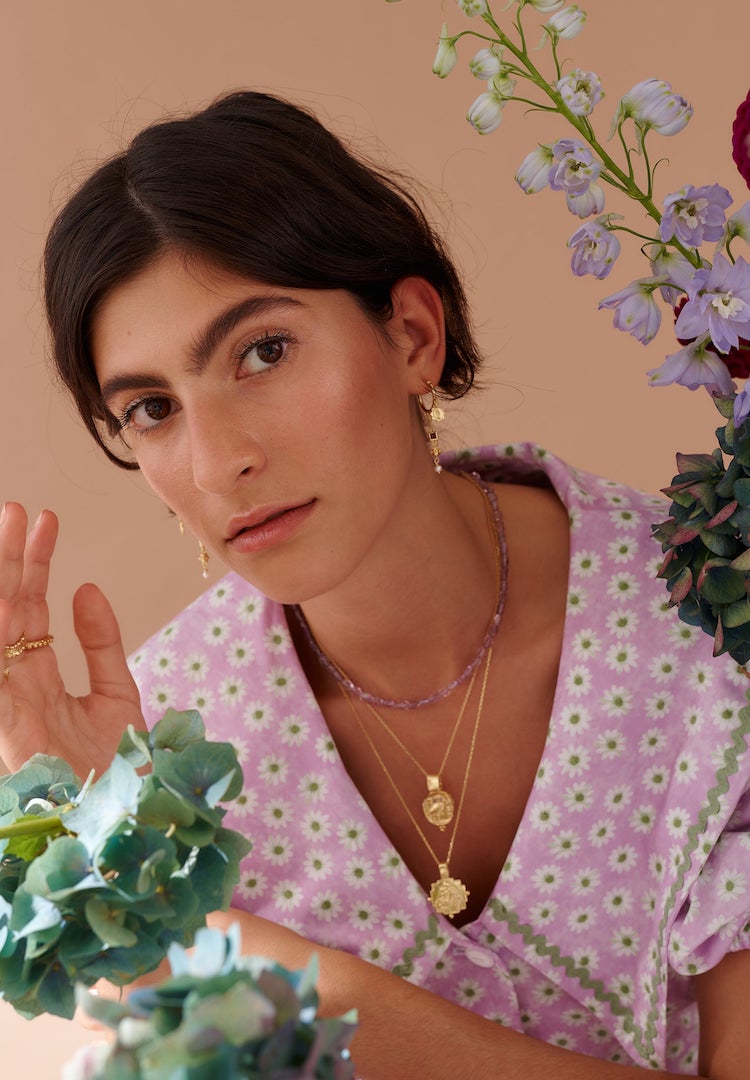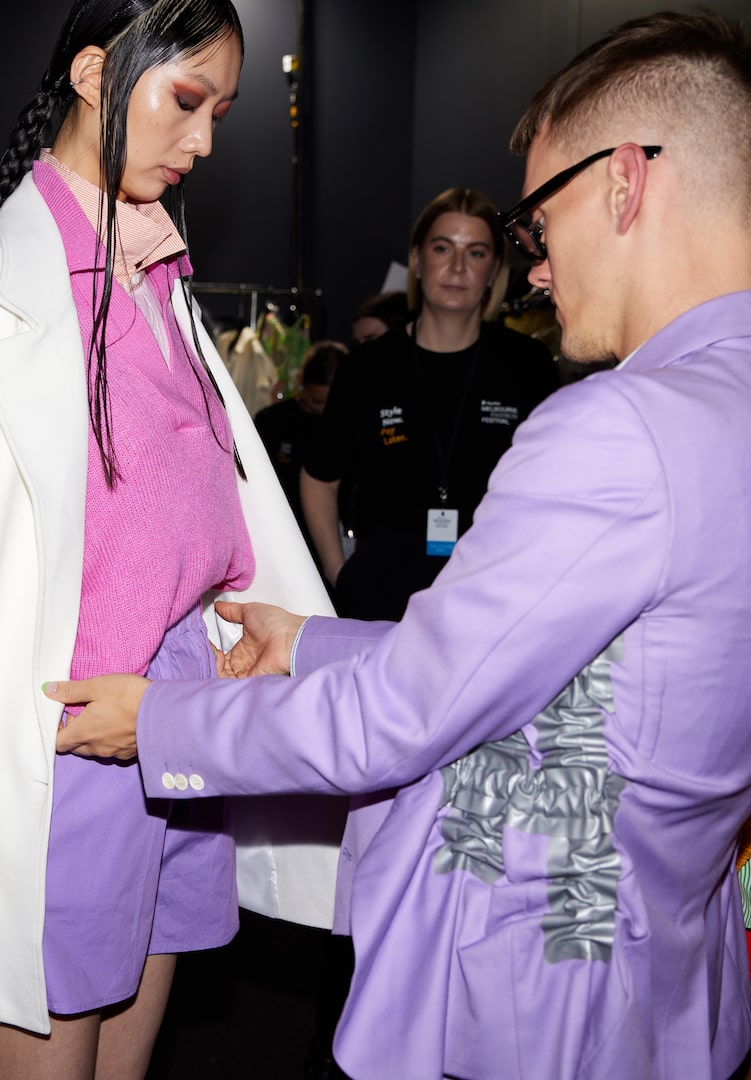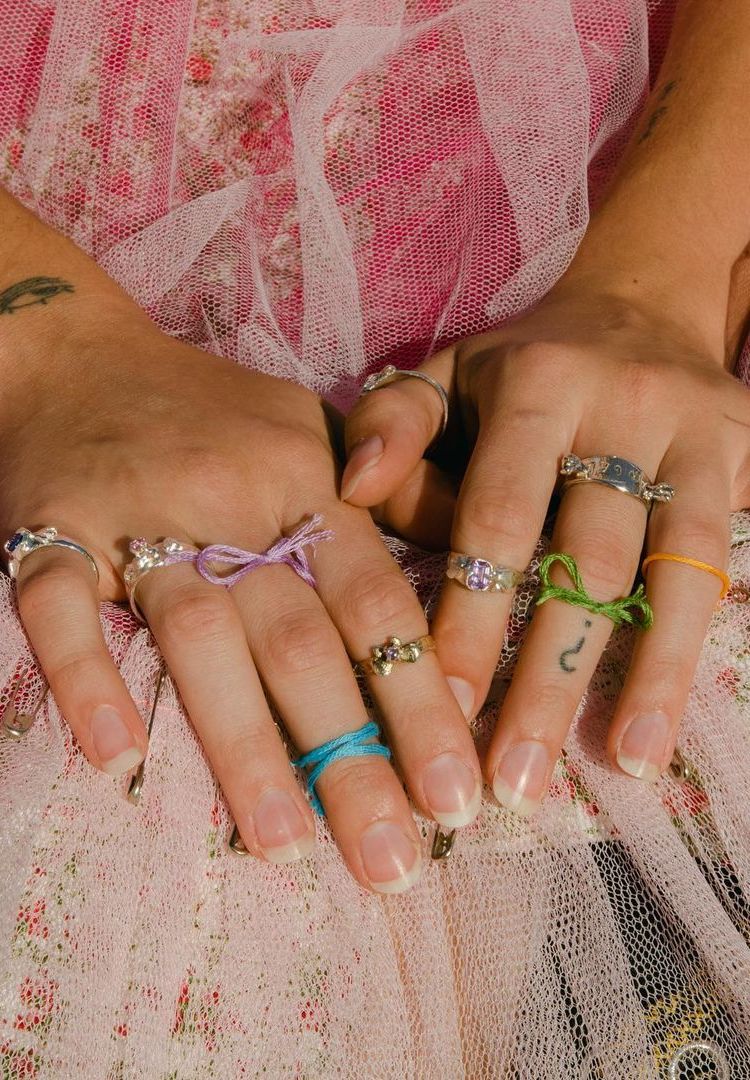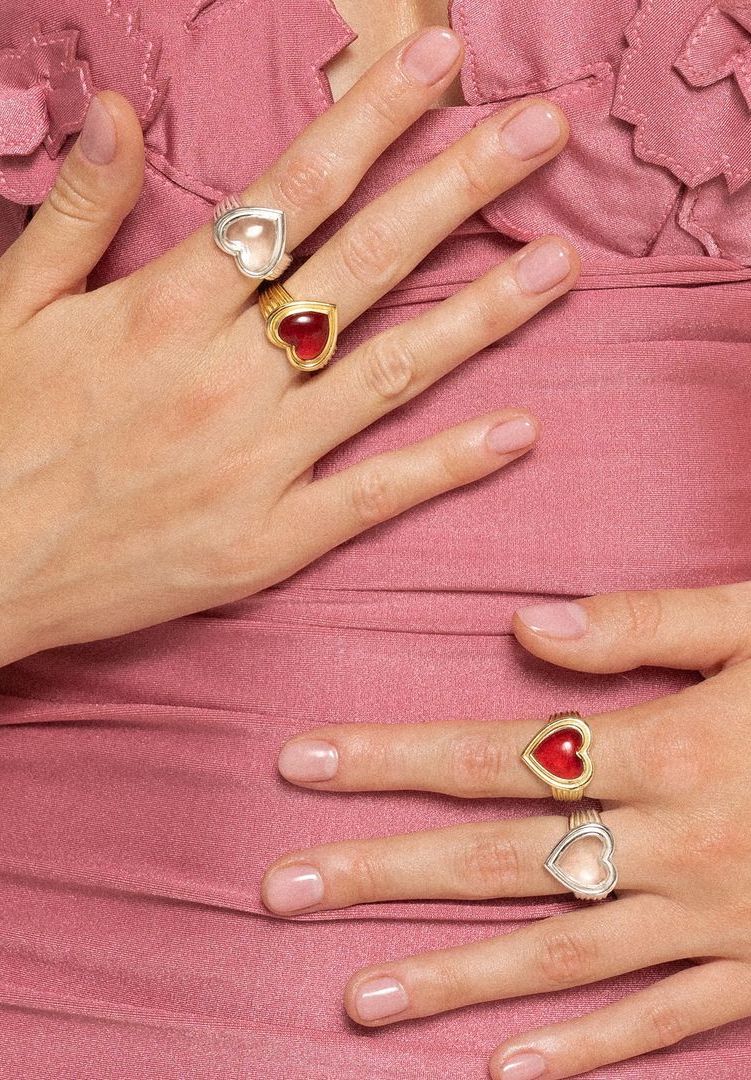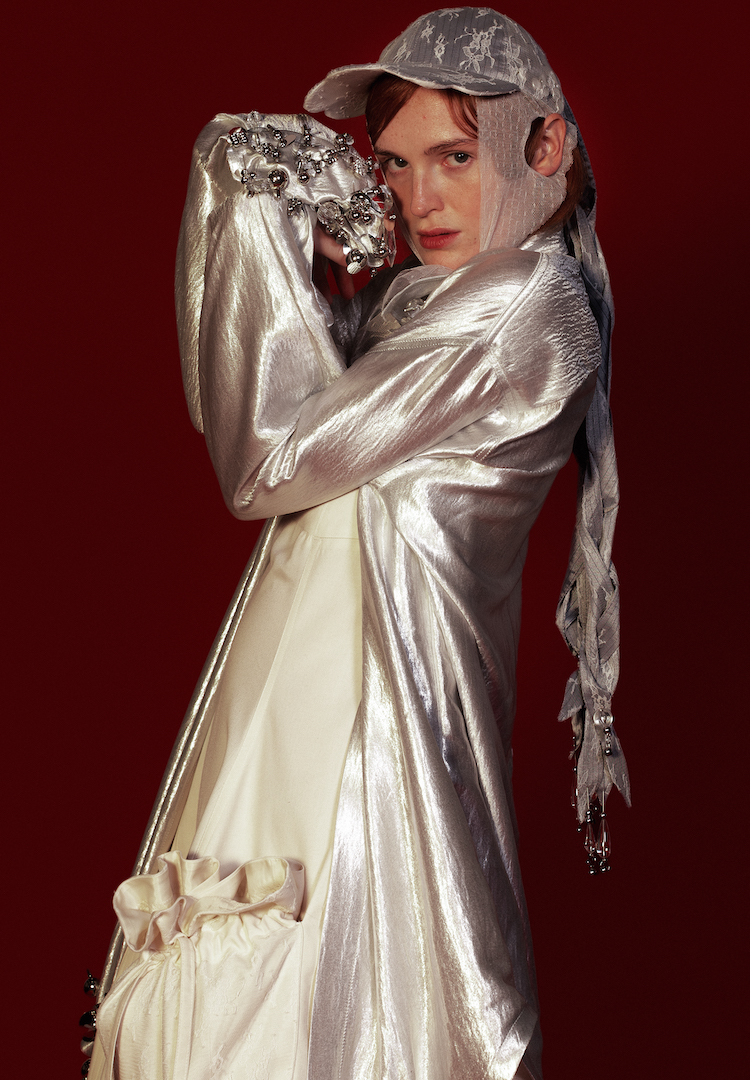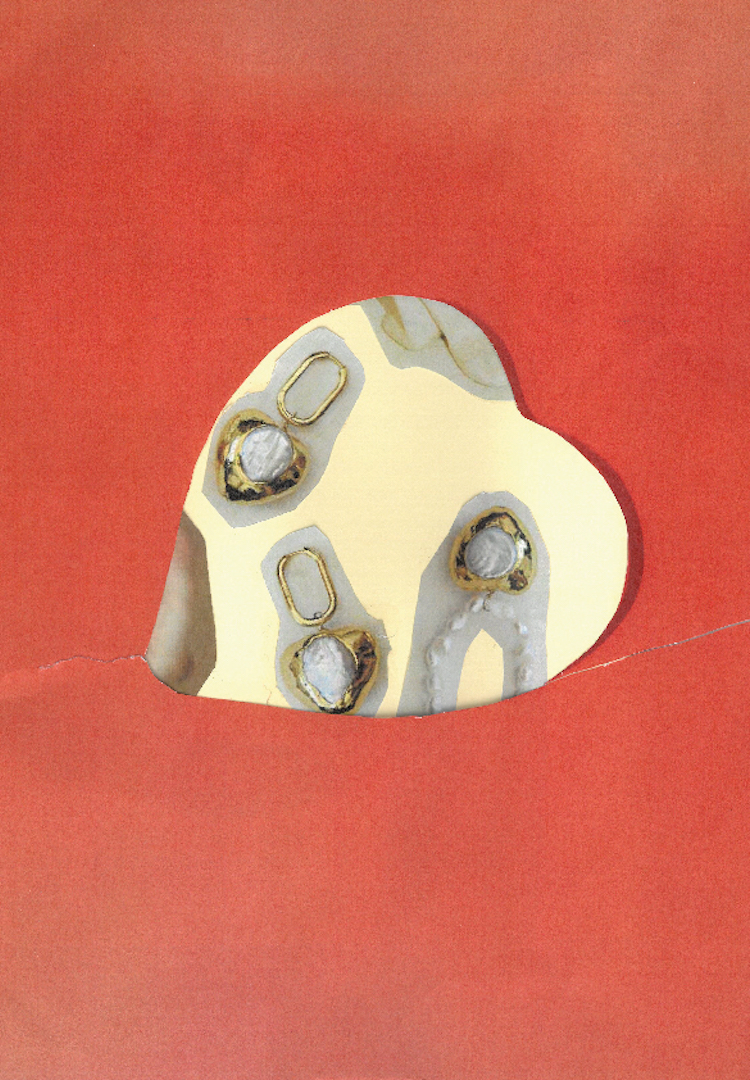The founder of Cleopatra’s Bling on how to spot well-made jewellery
IMAGE VIA CLEOPATRA’S BLING
WORDS BY IZZY WIGHT
Made to last.
There’s a reason why jewellery is exchanged on life’s momentous occasions. Unlike clothing, there’s jewellery some of us never take off – the pieces that weather with us through life’s inevitable ups and downs. It’s the gold necklace your great-grandmother once wore, the engraved ring a friend gifted you or the vintage silver bracelet you found in the back of an unassuming op shop.
It’s the kind of jewellery made with thought, process and consideration. Believe it or not, there’s a reason why your $7 multi-pack of colourful stud earrings hasn’t held up. Well-made jewellery takes time and knowledge – almost 10 years’ worth, in the case of Melbourne jeweller, Olivia Cummings.
For more fashion news, shoots, articles and features, head to our Fashion section.
Olivia is the founder of Cleopatra’s Bling, the Australian label inspired by travel, stories and the cosmos. Below, Olivia shares her top tips for spotting well-made jewellery.
What’s the process behind your jewellery-making process?
View this post on Instagram
I hand-carve each design myself out of wax, and the pieces are individually cast. Because I work with [some of the] best craftspeople in the industry, and the integrity of the materials I use are A-grade, we’re able to ensure very long-lasting pieces. I’ve worked for 10 years on my brand to ensure the quality is the highest it can be.
What’s the difference between gold-plated and gold-filled jewellery?
Gold-filled jewellery is composed of a solid layer of gold (typically constituting at least five per cent of the item’s total weight) mechanically bonded to a base of either sterling silver or some base metal.
An equivalent to this would be micron-plated vermeil (which is what we do) which is 3 microns of 24k gold over sterling silver. Gold-plated jewellery can be done in many different ways, some more durable than others. We do micron-plated, gold-plated jewellery, which is very long-lasting… the base metal is nickel and lead-free bronze. In short, it’s about the thickness of the metal over a base metal of some sort.
What’s the difference between lab-grown and natural gemstones? Does one tend to last longer?
View this post on Instagram
Lab-grown means they’re scientifically created in a lab. We use 95 per cent natural gemstones, as they lend themselves more to our aesthetic. Lab-grown stones have a very different look and feel than natural gemstones. The main distinction is natural gems typically have inclusions from the crystallization process — [from] gases and other minerals mixing during the molten stage of stone creation.
Because lab-created stones rely on a steady, controlled process of applying minerals, heat and pressure, they usually have fewer inclusions. Personally, I prefer natural gemstones as I like the texture and contours of the naturally occurring beauty.
Are there clues in the construction of the jewellery?
I think weight is important. A lot of jewellery feels tinny and cheap. I want my jewellery to feel like it’s strong, with a good quality base metal (in the case of gold-plated and vermeil jewellery). The way stones are set is something I’m learning a lot about, and fast!
View this post on Instagram
Certain stones that are more brittle (like emeralds) need to be set really well and intentionally, keeping in mind the nature of the stone. Clasps on chains and necklaces should be sturdy enough for beaded pieces. That said, jewellery needs to be treated with care as it’s a delicate item.
What are the other elements we should be looking out for to spot well-made pieces?
Make sure the jewellery is stamped if it’s solid gold, silver, or vermeil. It’s illegal to not stamp the base metal if it’s considered a precious or semi-precious metal. Ask questions about the stones – ask if they’re dyed or natural. Once you start paying attention to these things, it will become like second nature to you.
For more on spotting well-made jewellery, head here.


